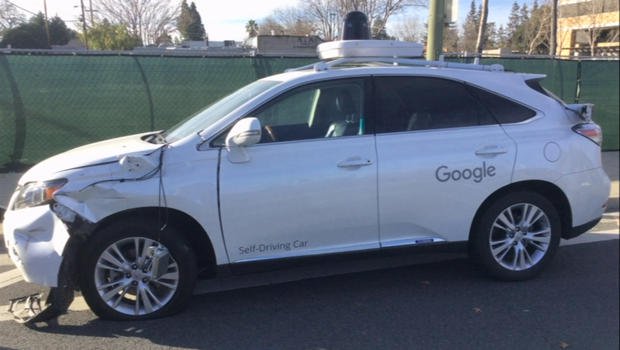For years now we’ve been hearing about the benefits of autonomous vehicles, or self-driving cars. The impressive benefits and features that were once relegated to futuristic movie plots now seem to be the promise of next generation vehicles on the road. Audi will debut its first autonomous vehicle in 2020, and some vehicles like Volvo’s new S90 already have many autonomous features.
Some pundits have surmised that they may solve the issue of distracted driving. But safety industry experts are quick to point out that autonomous features available today are by no means full proof. Not only do safety experts think they’re not safe, a recent Fast Company survey found that 75% of all Americans think self-driving cars are not safe. Here’s four reasons why we agree that while conceptually very cool and containing concrete use cases for the future, self-driving cars are not the answer to distracted driving.
1. System limitations
One only has to look at Google’s self-driving car accident in 2016 or the crash of a Tesla that resulted in the driver’s death to surmise that self-driving cars just aren’t there yet. The crash occurred in Florida in 2016 when a truck driver failed to yield and Tesla’s system could not distinguish between its white paint and the bright white sky behind it.
The crash prompted a review by the National Traffic Safety Board which found that Tesla’s Autopilot UX played a major role in the crash. The investigation also resulted in a list of 7 recommendations to Tesla and other automakers that center on limiting autonomy to Level 2 (Level 5 is full autonomy) and restricting use based on design and condition, until more is understood about the technology.
2. Human limitations
An over dependence on technology is hardly anything new. Remember when you had to remember all your friends’ and family members’ phone numbers? The Tesla crash brings into focus another hurdle for autonomous vehicles–humans. In fact, the NTSB found that the driver’s distraction due to over reliance on the autonomous driving feature was a key factor in the crash.
Whether it’s that we are prone to take the path of least resistance or an inherent ‘if it ain’t broke, don’t fix it’ attitude, we are inexplicably tied to technology, which hurts us when it comes to its use while driving.
3. Ever-changing road conditions
If technology limitations coupled with human limitations weren’t high enough barriers, there’s the ever-changing conditions of the highways and byways. In some parts of the country, road and bridge conditions are the worst they’ve been in decades. More so, road obstructions can literally appear minute by minute in the form of debris and additional damage. Additionally, there is a vast amount of signals, signage and infrastructure that needs to be in place for autonomous vehicles to be fully viable. In fact, a recent League of Cities study found that only 6 percent of cities are have or are developing rules to ready themselves for autonomous driving.
Moreover, in the wake of the recent crash of an Uber autonomous vehicle that tragically killed a pedestrian, many companies are halting autonomous vehicle testing. It’s not that autonomous vehicles won’t have a place in the future of global transportation, but to give them the green light to replace full driver attention is unwise at this point. While your employees are operating a heavy piece of machinery at high speeds, their focus should always be on the road.

